On November 5, 1943, ships carrying the 1st Infantry Division pulled into the Liverpool harbor. Stripped of their famous “Big Red One” patches, the angry and exhausted soldiers boarded trains headed south to villages surrounding the port city of Weymouth. Services of Supply troops asked them how things were back home, but the men of the 1st Division couldn’t answer. They hadn’t been home in a year, fighting first in North Africa, then Sicily. Not allowed to tell where they had been, all they could do was laugh in response to those eager for news from America. The men had been told to remove their division patches and not divulge their previous locations in an effort to mask the buildup of American units that was taking place in England in 1943.
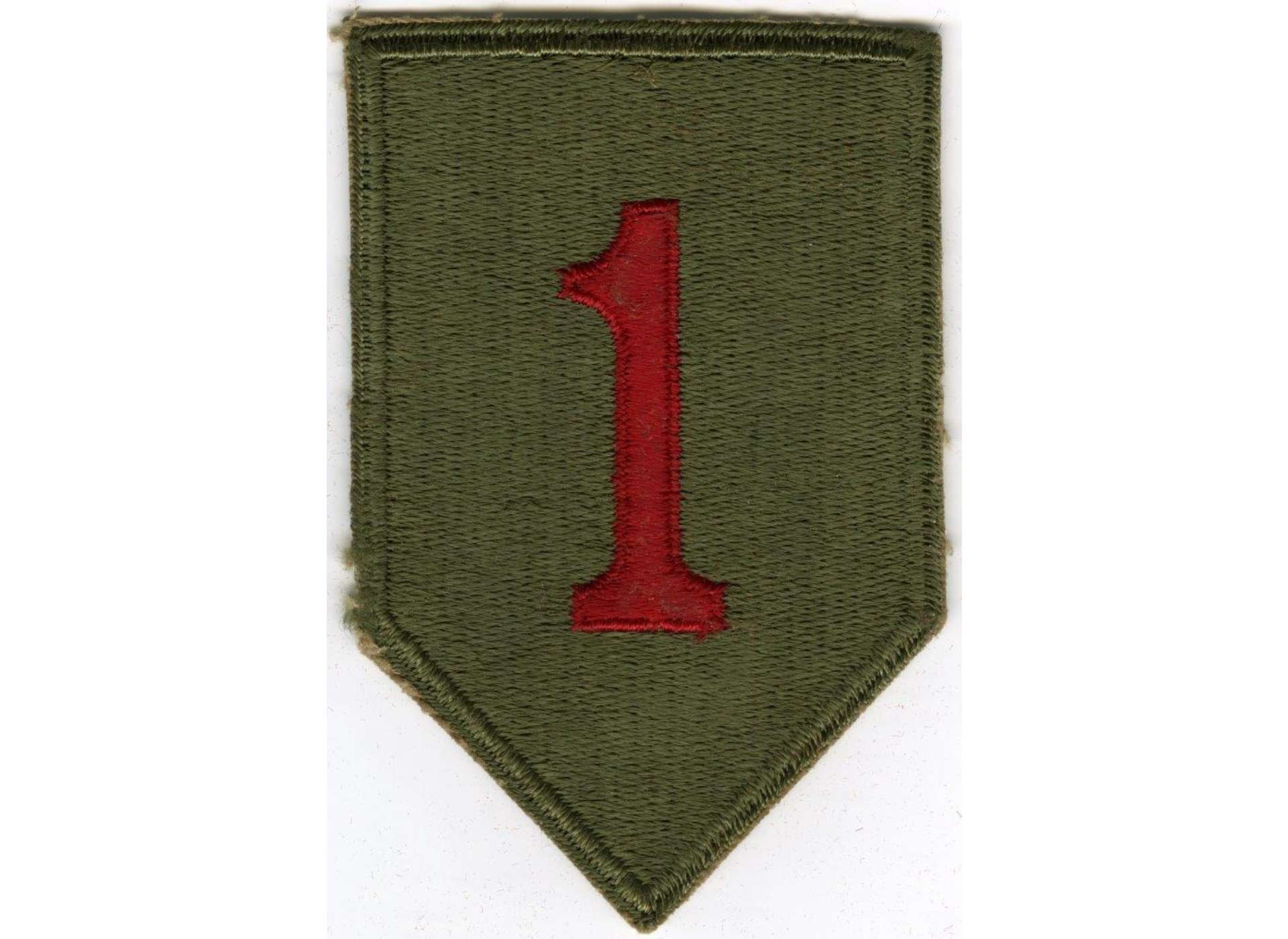
The patch of the 1st Infantry Division dates back to World War I. The Division gets its nickname from this patch, the Big Red One. Courtesy of The National WWII Museum.
The men of the 1st Division, known since the Great War as the “Big Red One,” had first landed in North Africa on November 8, 1942, battled the 10th Panzer Division in the Kasserine Pass, and fought until Axis forces surrendered in May 1943. Sicily came next in July, with the 1st Division landing at Gela and pushing east towards Troina, where elements of four German divisions were heavily entrenched. The German forces there were able to fight off the Americans long enough to slip out of town and escape across the Strait of Messina to Italy. In roughly five weeks of fighting in Sicily, the 1st Division suffered over 1700 casualties. Remaining on the island after the campaign, the division was further weakened by malaria, jaundice, and even malnutrition.
Though they had become battle-hardened and experienced soldiers, the 1st Division was in need of discipline, a problem that had gotten General Omar Bradley’s attention in Oran, Algeria at the end of the Tunisian campaign. In his book, A Soldier’s Story, Bradley wrote of the 1st Division, “Under (Major General Terry) Allen the 1st Division had become increasingly temperamental, disdainful of both regulations and senior commands. It thought itself exempted from the need for discipline by virtue of its months on the line. And it believed itself to be the only division carrying its fair share of the war…The division had already been selected for the Normandy campaign. If it was to fight well there at the side of the inexperienced divisions and under the command of an inexperienced corps, the division desperately needed a change in its perspective… The 1st Division, under Allen’s command, had become too full of self-pity and pride.”
Bradley’s solution was a heavy blow to the men of the 1st Division. Before the fighting in Sicily was over, Bradley relieved their beloved commanding officer Major General Terry Allen and his equally (if not more) admired assistant division commander Brigadier General Theodore Roosevelt Jr., in early August. General Bradley felt that a new direction was needed to reshape the Big Red One and instill the discipline necessary to continue the fight. Although Allen was replaced by a World War I veteran of the 1st Division, Major General Clarence Huebner, losing Allen after almost a year of combat hit the men of the division hard. Exacerbating their frustration was the assumption that their next stop would be home to become a training unit. So when word came down that they were destined for the shores of France, many men gave in to the reality that the 1st Division would be in Europe until the end.
Huebner immediately set about the task of whipping the First into shape before they left for England by ordering close-order drills, enforcing grooming standards, and even correcting his officers on their salutes. The First would return to England (it had been their first stop overseas in 1942) and prepare physically and mentally for the invasion of France. Huebner would make sure that the men of the 1st Division set the standard both in combat and off the line.
-

Major General Terry Allen. US Army photograph, from CMH Publication 100-6, To Bizerte With the II Corps, 23 April – 13 May 1943.
-

Brigadier General Theodore Roosevelt, Jr. US Army Signal Corps photograph. Courtesy of The National WWII Museum.
-

Major General Clarence Huebner. US Army photograph, from CMH Publication 100-11, Omaha Beachhead (6 June 1944 – 13 June 1944).
As the 1st Division was fighting in Sicily in July 1943, 53,000 American servicemen and women arrived in the United Kingdom, part of the major buildup of American troops and supplies there in preparation for the invasion of France. This buildup had begun in 1942 with the expectation of a cross-Channel action in 1943, but a lack of resources and a shift in strategy in the Mediterranean moved the Allied invasion of the continent to 1944. When the under-strength 1st Division arrived in Liverpool in November 1943, it accounted for fewer than 15,000 of the 173,860 Americans who arrived in the United Kingdom that month. By the end of December there were less than 800,000 US Army personnel in the United Kingdom. At the end of May 1944, that number would total over 1.5 million.
Personnel were not the only American resources pouring into the United Kingdom in 1943-1944. In November 1943, nearly 800,000 tons of supplies arrived in British ports. By June 1944 an astounding 2.5 million tons of matériel were stockpiled in England for use by American forces solely in the invasion. That amount was in addition to what was needed to keep the 1.5 million US Army troops in England equipped until the invasion as well as supplies sent for other Allied troops before and during the invasion. When the invasion finally arrived, the Allies would need every pound of food, ammunition, and weaponry to keep their armies pushing into Germany.
As American service members poured into the United Kingdom, they were met with varying responses. Most Britons had never met an American, and most Americans had never been out of the country. Americans were given instructions on interacting with Britons, which can be found on the Imperial War Museum’s website. Paid as much as five times as British soldiers, Americans were able to entertain locals, especially women. An estimated 70,000 British women married American men during the war or just after. With plenty of time, money, and youth, Americans were often referred to by the British as “overpaid, oversexed and over here.” As many as 9,000 babies were born in Britain out of wedlock as a result of the ease with which American men mingled with British women.
-

Troop Build-up in the United Kingdom: August 1943-May 1944. From CMH Publication 7-2-1, Logistical Support of the Armies, vol. 1.
-

American GIs wait to board a train in England. US Army photo, from CMH Publication 7-2-1, Logistical Support of the Armies, vol. 1.
-

African American troops are greeted in England after disembarking from a transport ship. Courtesy of the Imperial War Museum © IWM (A 18392).
More than 130,000 African American military personnel passed through England during the war, with the majority arriving as part of the buildup to D-Day. The population of people of color in the United Kingdom during the war was an estimated 7,000. Pouring into rural villages around England, many African American GIs expected to face the same segregation forced upon them at home and in the army. Most Britons had never met a person of color, but welcomed them, for the most part, with open arms, despite government concerns that equal treatment of African American GIs would cause difficulties in British-American relations and cautioned Britons against treating them equally. It was a time of freedom most African American GIs could not believe. Welcomed into pubs, churches, even homes, it was a stark contrast to the harsh reality of American segregation, and many African American service members fully embraced the equality shown to them by the British population.
For many of the Americans arriving in the United Kingdom in 1943-1944, their stay there would be the last time of comfort until the war’s end. The 1st Division, consisting of the 16th, 18th, and 26th Infantry Regiments, landed on Omaha Beach on June 6. The division would not rest for six months, until December 1944, after battling through France, the Hürtgen Forest, and driving to the Roer River. Rest was brief, as the First was thrown back on the line after the German breakout on December 16. By war’s end, the 1st Division was in Czechoslovakia. The Big Red One participated in eight campaigns, spent 443 days in combat, and had sixteen members received a Congressional Medal of Honor, including Sergeant Walter Elhers, who was awarded the Medal of Honor for his actions on June 9-10, 1944.
Hear Walt Ehlers’s full oral history, including fighting in Sicily where his brother Roland was wounded and his experiences in England on the Museum’s Digital Collections website
Kali Martin
Kali Martin is a former Research Historian of The National WWII Museum's Jenny Craig Institute for the Study of War and Democracy.
Cite this article:
MLA Citation:
APA Citation:
Chicago Style Citation:

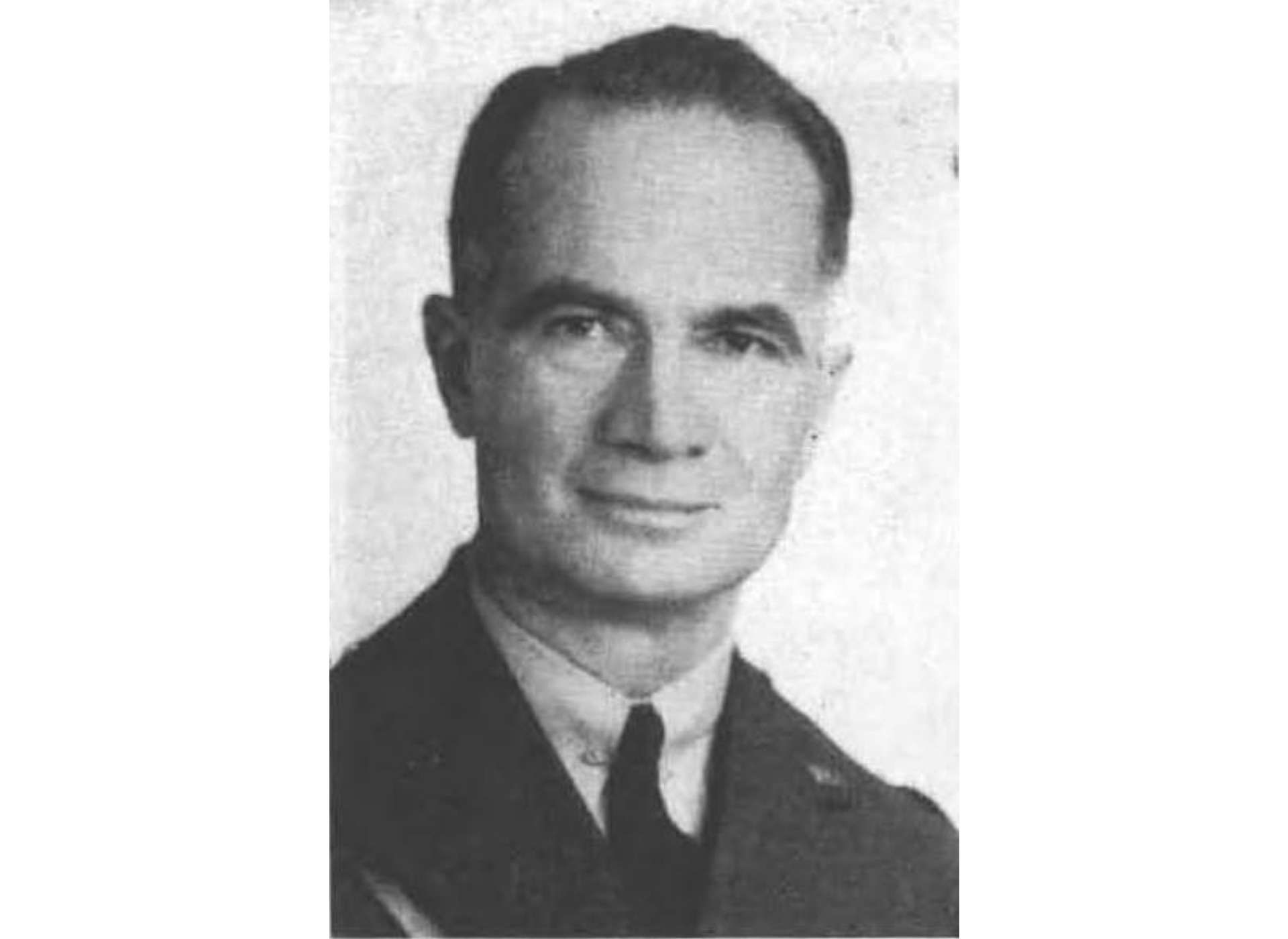
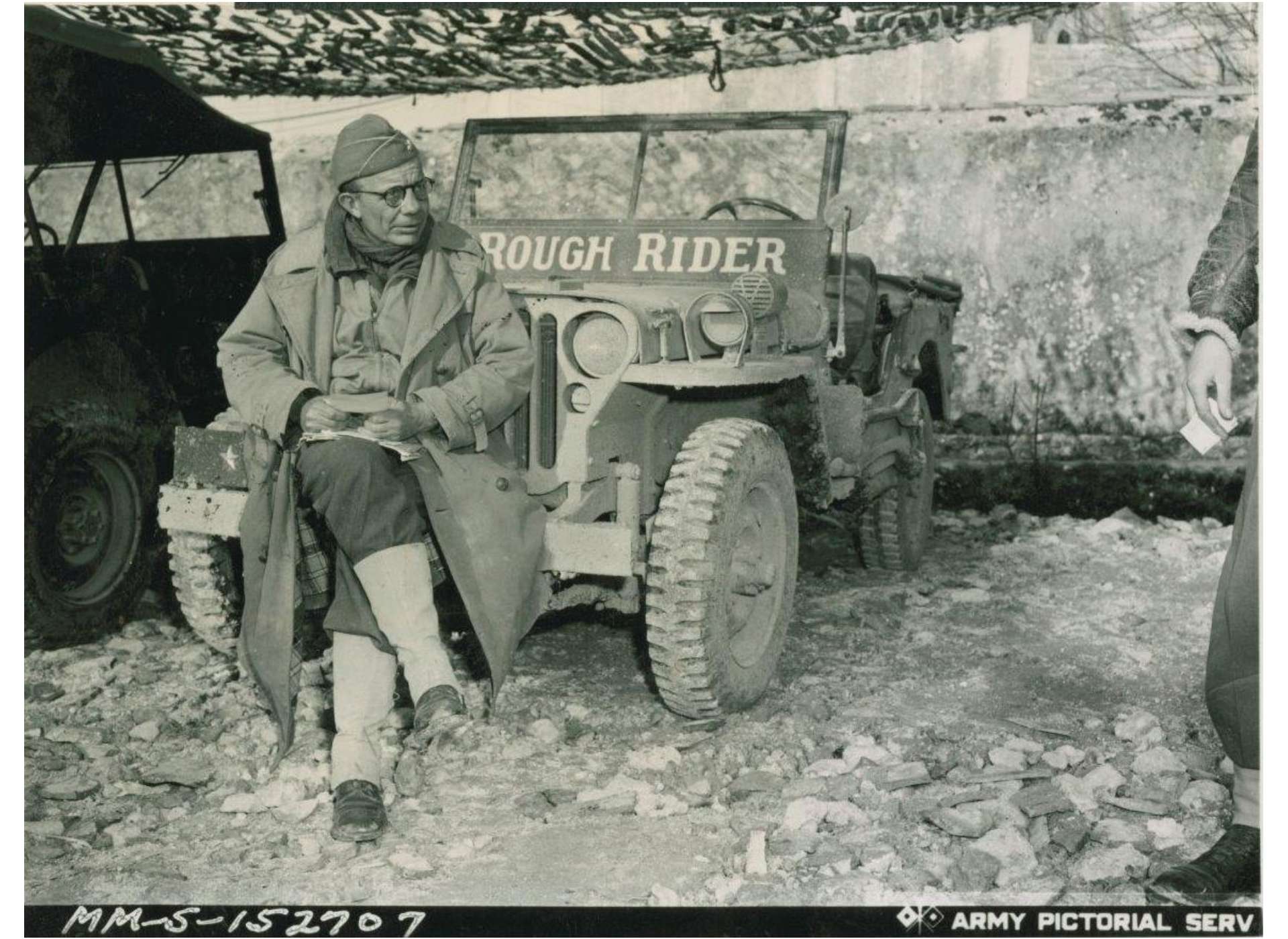
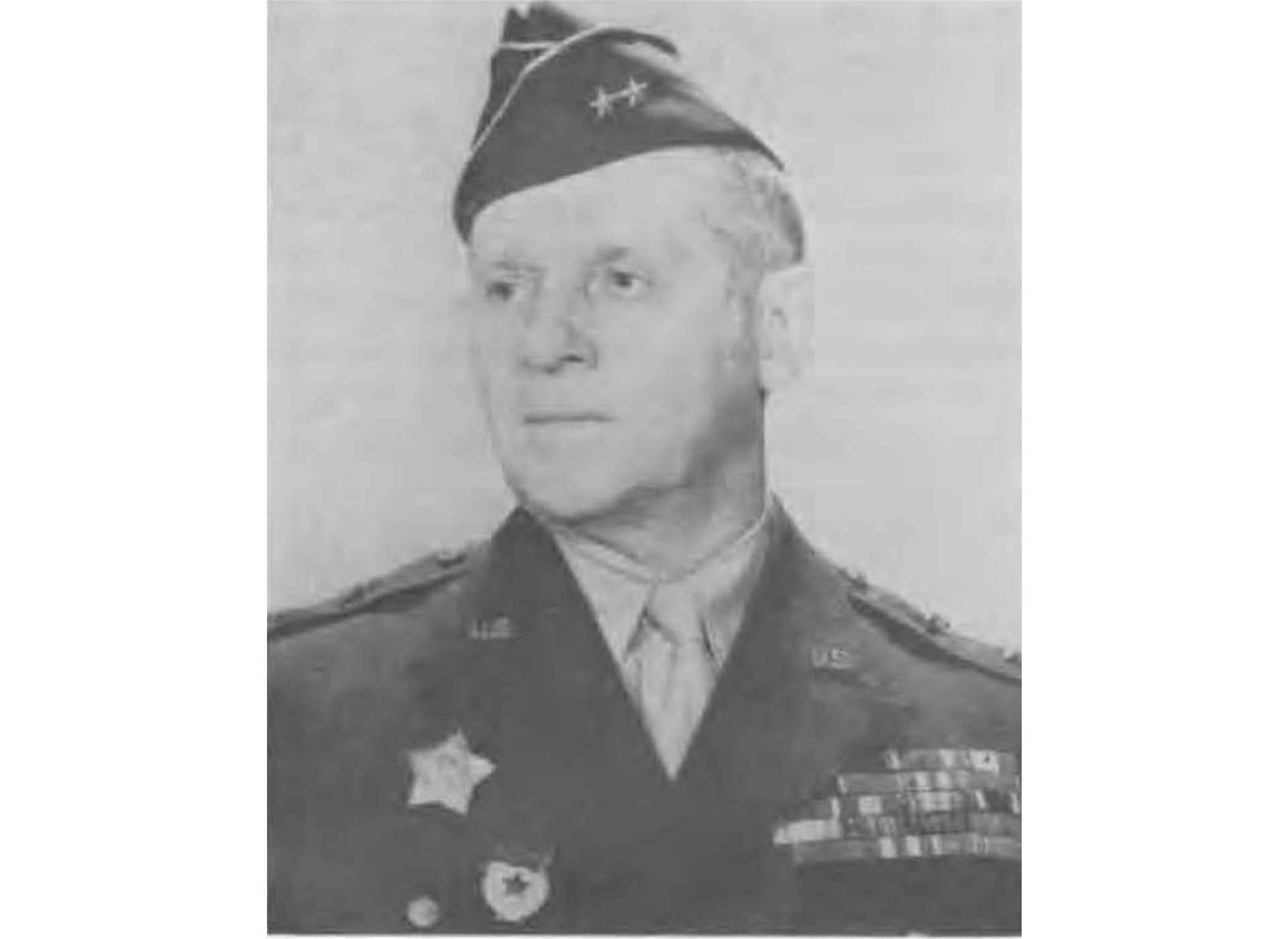
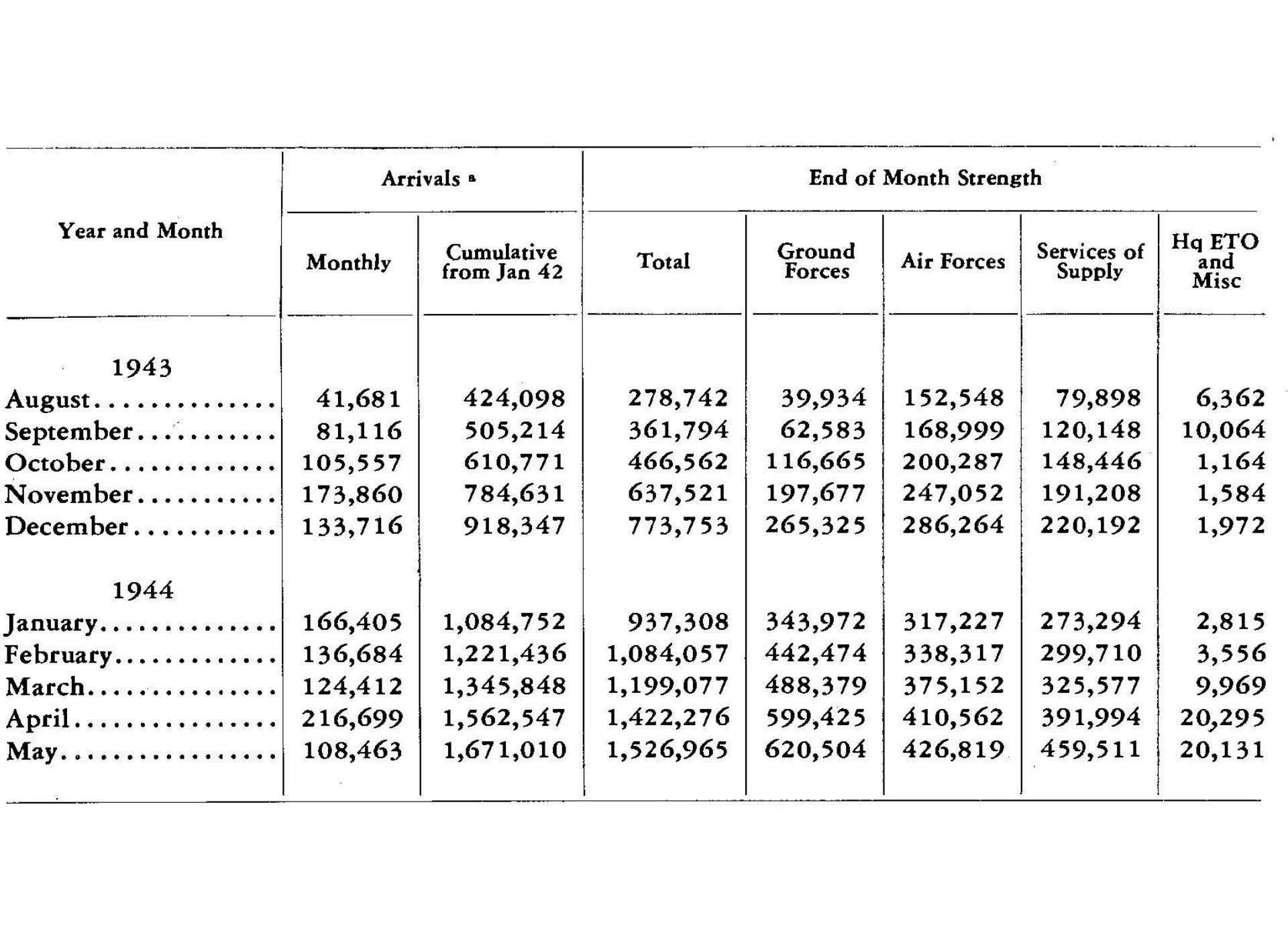
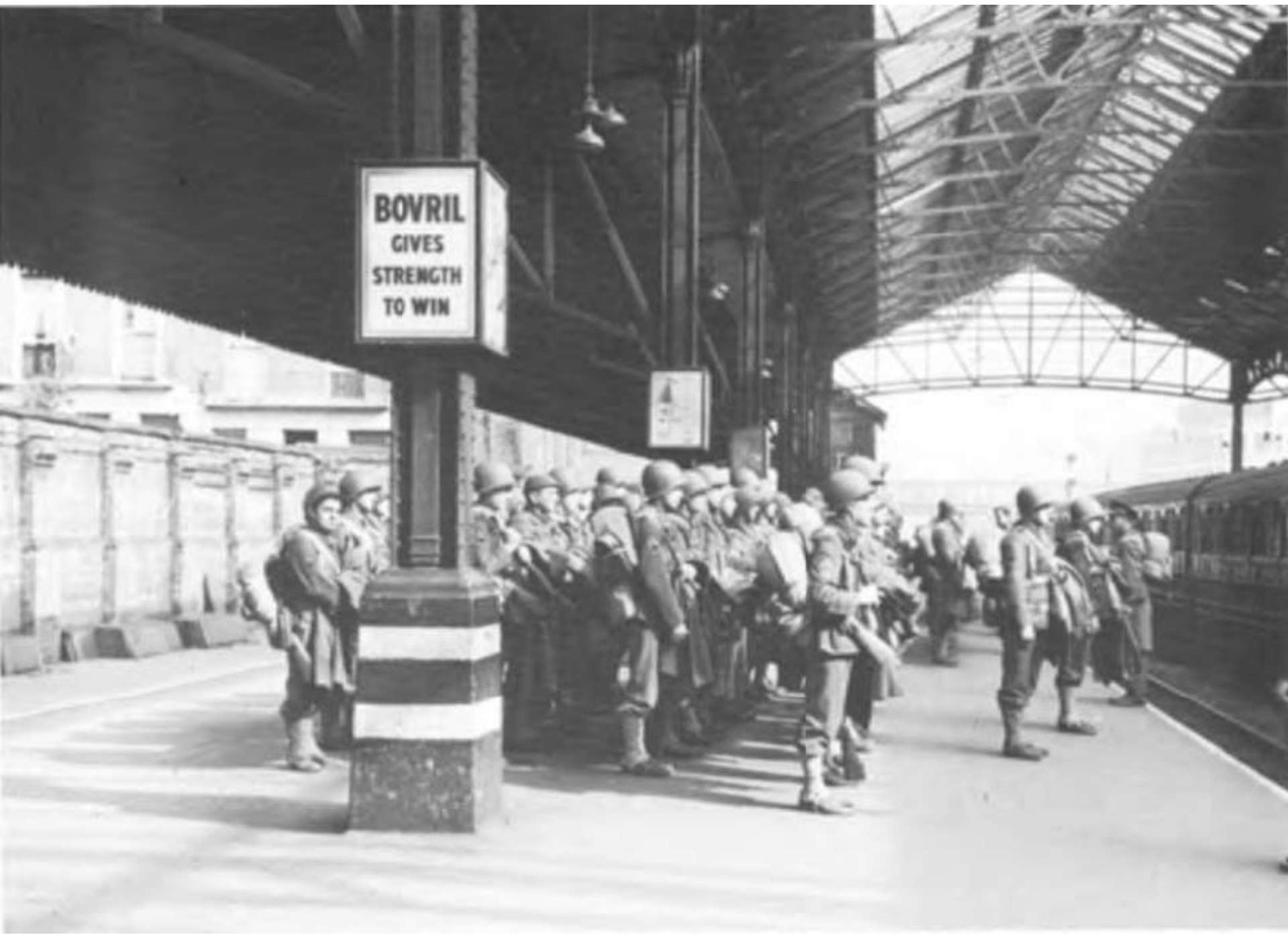
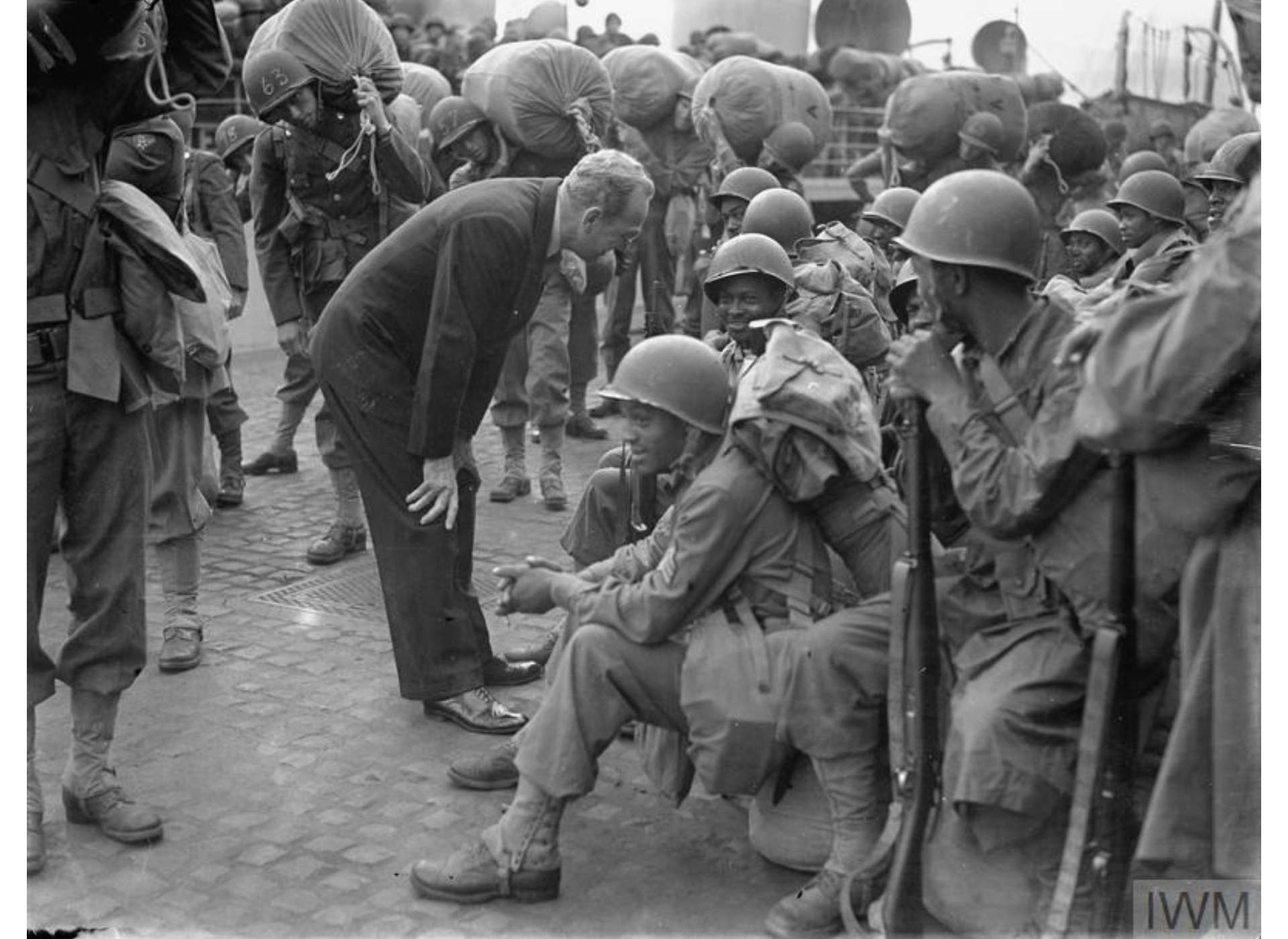




![Max Fuchs, New York City cantor, sings as Rabbi Sydney [sic] Lefkowitz, Richmond, VA, conducts the first Jewish services from Germany.](/sites/default/files/styles/max_650x650/public/2025-10/image1.jpg)



